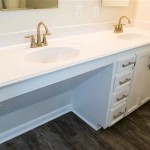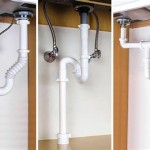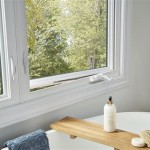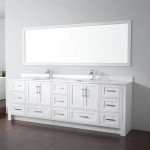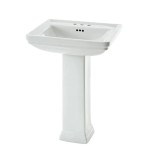Can You Paint Over a Bathroom Countertop?
Repainting a bathroom countertop can be a tempting and cost-effective way to refresh the space. However, the success of this project hinges on several factors, and understanding these factors is crucial before embarking on the endeavor. While painting a countertop might appear straightforward, several considerations can make or break the outcome. This article will delve into the feasibility of painting a bathroom countertop, outlining the potential challenges and providing guidance for achieving a successful transformation.
Types of Countertop Materials
The first step in determining whether you can paint over a bathroom countertop is to identify the material. Different countertop materials react differently to paint, and some are simply not suitable for painting. Here are the most common countertop materials and their suitability for painting:
- Laminate: This is a popular and affordable countertop material. Laminate countertops are relatively easy to paint, as the smooth surface provides good adhesion.
- Solid Surface: Solid surface countertops are made from a non-porous material that is often used in bathrooms. While they can be painted, the surface may need to be thoroughly cleaned and prepared to ensure proper adhesion.
- Granite and Marble: These natural stone countertops are not ideal for painting. The porous nature of the stone can cause paint to soak in unevenly, resulting in an unsightly finish.
- Tile: Tile countertops can be painted, but the process can be more complex than painting laminate or solid surface. The grout lines need to be sealed to prevent paint from bleeding into them.
Preparation is Key
Regardless of the countertop material, proper preparation is essential for a successful paint job. Here are some critical steps to ensure proper adhesion and a durable finish:
- Clean the Surface: Thoroughly clean the countertop with a degreaser to remove any oils, dirt, or soap residue. Allow the surface to dry completely before proceeding.
- Sand the Surface: Sanding the surface creates a rough texture that helps the paint adhere better. Use fine-grit sandpaper and be careful not to create deep scratches.
- Prime the Surface: Applying a primer specifically designed for countertops is crucial. Primer helps to seal the surface and provides a smooth base for the paint to adhere to.
- Seal the Surface: After painting, apply a sealant to protect the paint and make it resistant to water and stains.
Choosing the Right Paint
Not all paints are suitable for bathroom countertops. Look for a high-quality, durable paint that is specifically designed for use on countertops. Some key characteristics to consider include:
- Epoxy Paint: Epoxy paints are highly durable and resistant to moisture, making them an excellent choice for bathroom countertops. These paints cure rock hard, providing a durable and long-lasting finish.
- Acrylic Paint: Acrylic paints are also a popular choice for countertop painting. They are water-based, easy to apply, and dry quickly. While acrylic paints may not be as durable as epoxy paints, they are still a viable option for bathroom countertops.
- Oil-Based Paint: Oil-based paints offer excellent durability but have a strong odor and take longer to dry. They are best used in well-ventilated areas.
When choosing paint, consider the desired finish. Some paints offer a matte finish, while others offer a glossy or satin finish. The choice depends on personal preference and the overall aesthetic of the bathroom.
Alternatives to Painting
While painting can be a budget-friendly way to update a bathroom countertop, it may not always be the best option. If you are unsure about painting or if your countertop material is not suitable, consider the following alternatives:
- Resurfacing: Resurfacing involves applying a new layer of material, such as solid surface or laminate, over the existing countertop. This process offers a more durable and long-lasting solution than painting.
- Replacing the Countertop: Replacing the countertop may be the most expensive option but offers the most comprehensive renovation. You can choose from a wide array of materials and styles to create the perfect look for your bathroom.
Ultimately, the decision to paint a bathroom countertop depends on your budget, the material of the countertop, and your desired outcome. With careful planning and proper execution, painting a countertop can be a successful and cost-effective way to refresh your bathroom. However, if you are unsure or have a delicate countertop material, consider exploring alternative options.

Paint Bathroom Vanity Countertop Sink So Easy A Piece Of Rainbow

How To Easily Spray Paint Bathroom Countertops My Homier Home
:strip_icc()/101922779-2cbc45e123c34827afb4f601723b03ca.jpg?strip=all)
How To Paint Bathroom Countertops

How To Paint A Countertop Don T Make These Mistakes Blessed Beyond Crazy

Paint Bathroom Vanity Countertop Sink So Easy A Piece Of Rainbow

How To Refinish Laminate Counters Made By Marzipan

How To Paint A Countertop Don T Make These Mistakes Blessed Beyond Crazy

How To Paint Tile Countertops And Our Modern Bathroom Reveal Bright Green Door

Can You Paint A Countertop Re Sick Of Absolutely Recreated Designs

How To Easily Spray Paint Bathroom Countertops My Homier Home
Related Posts
